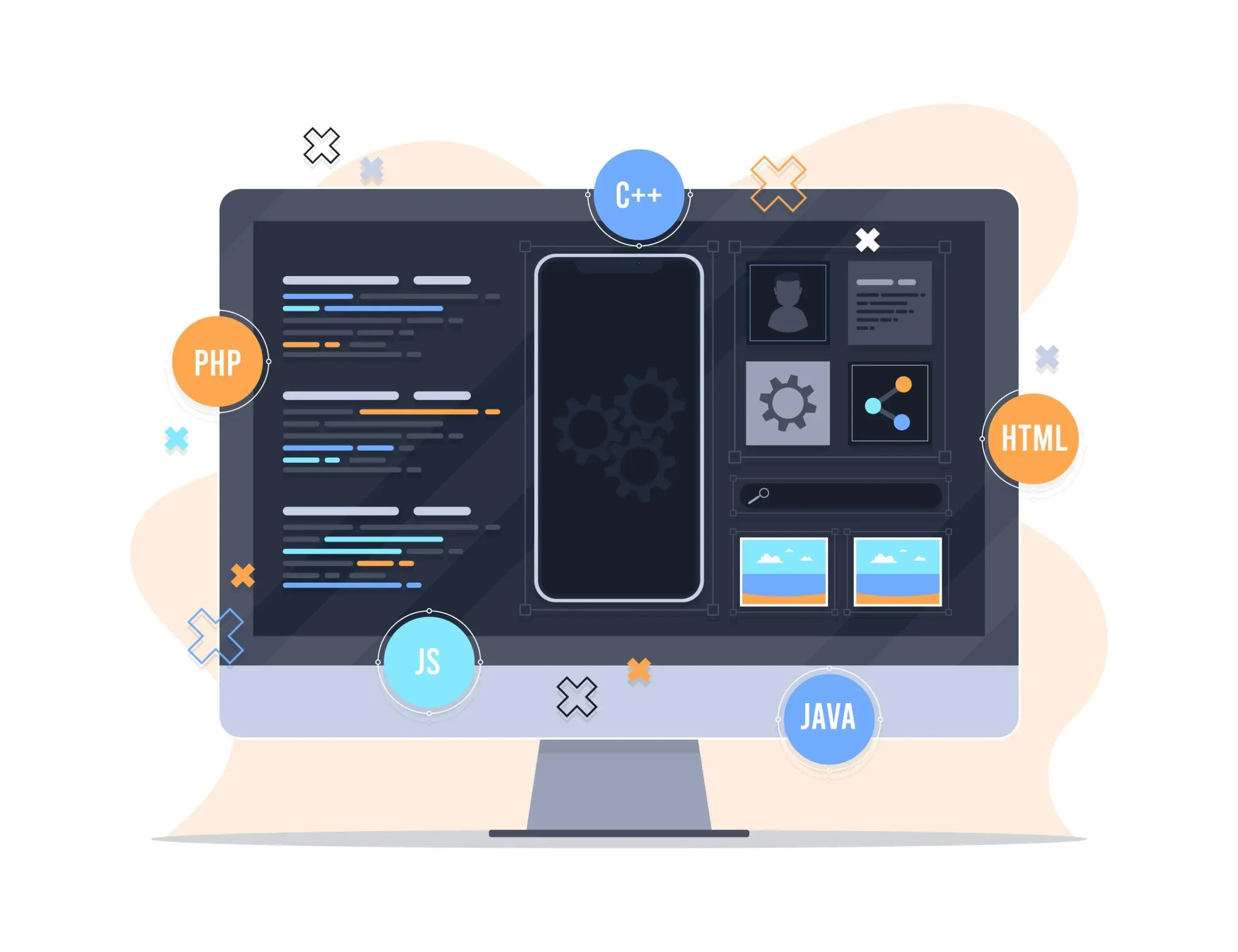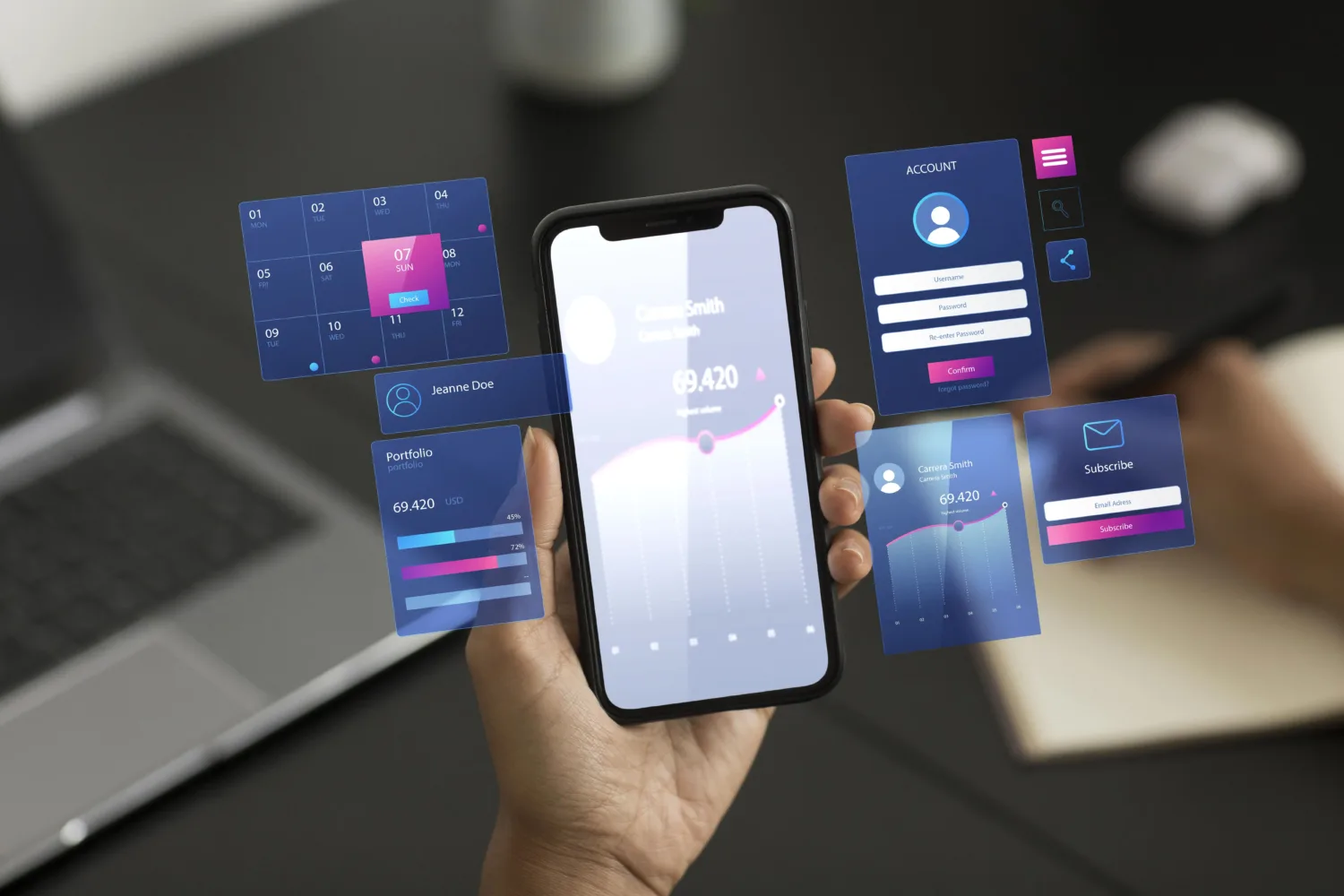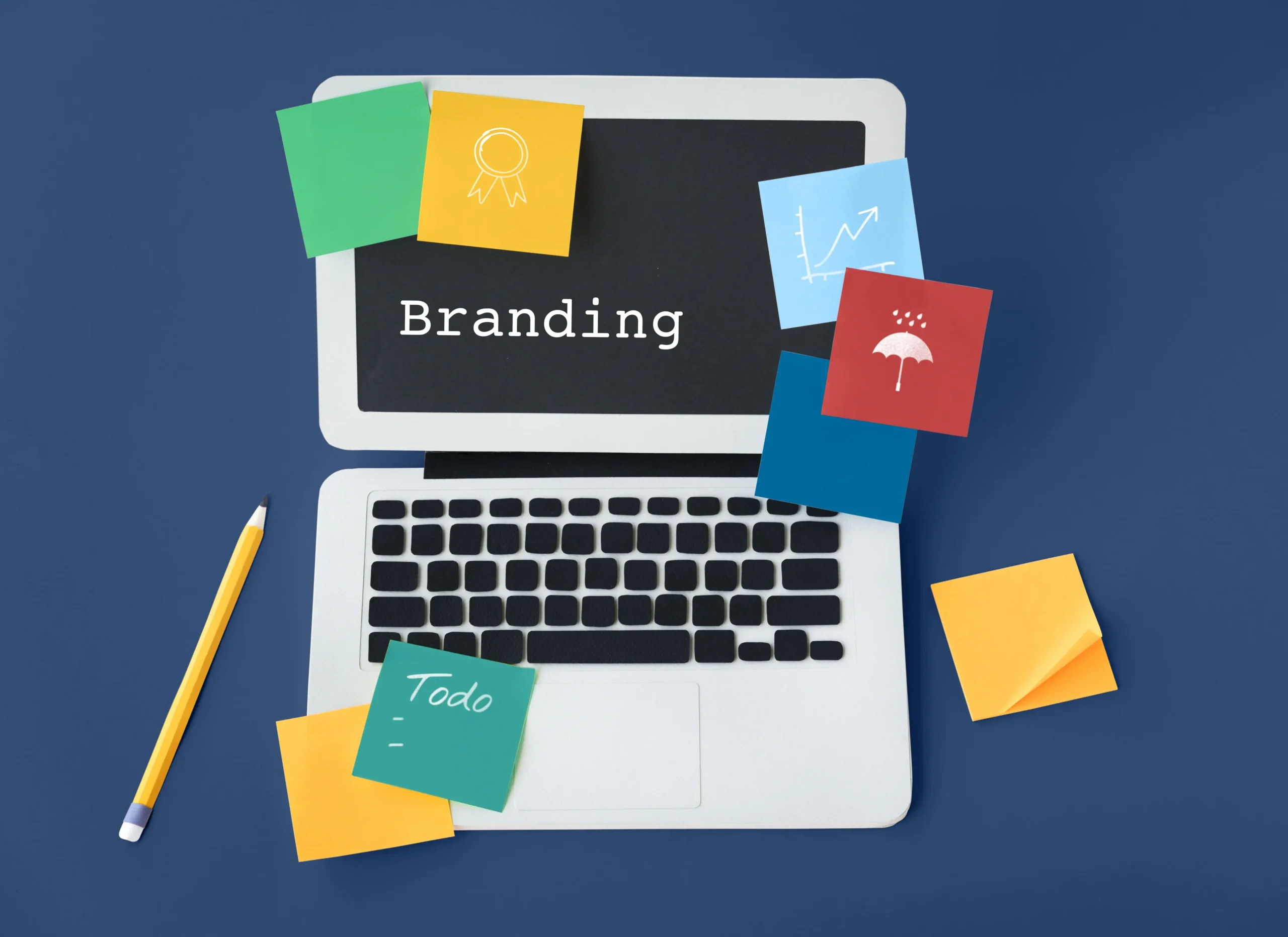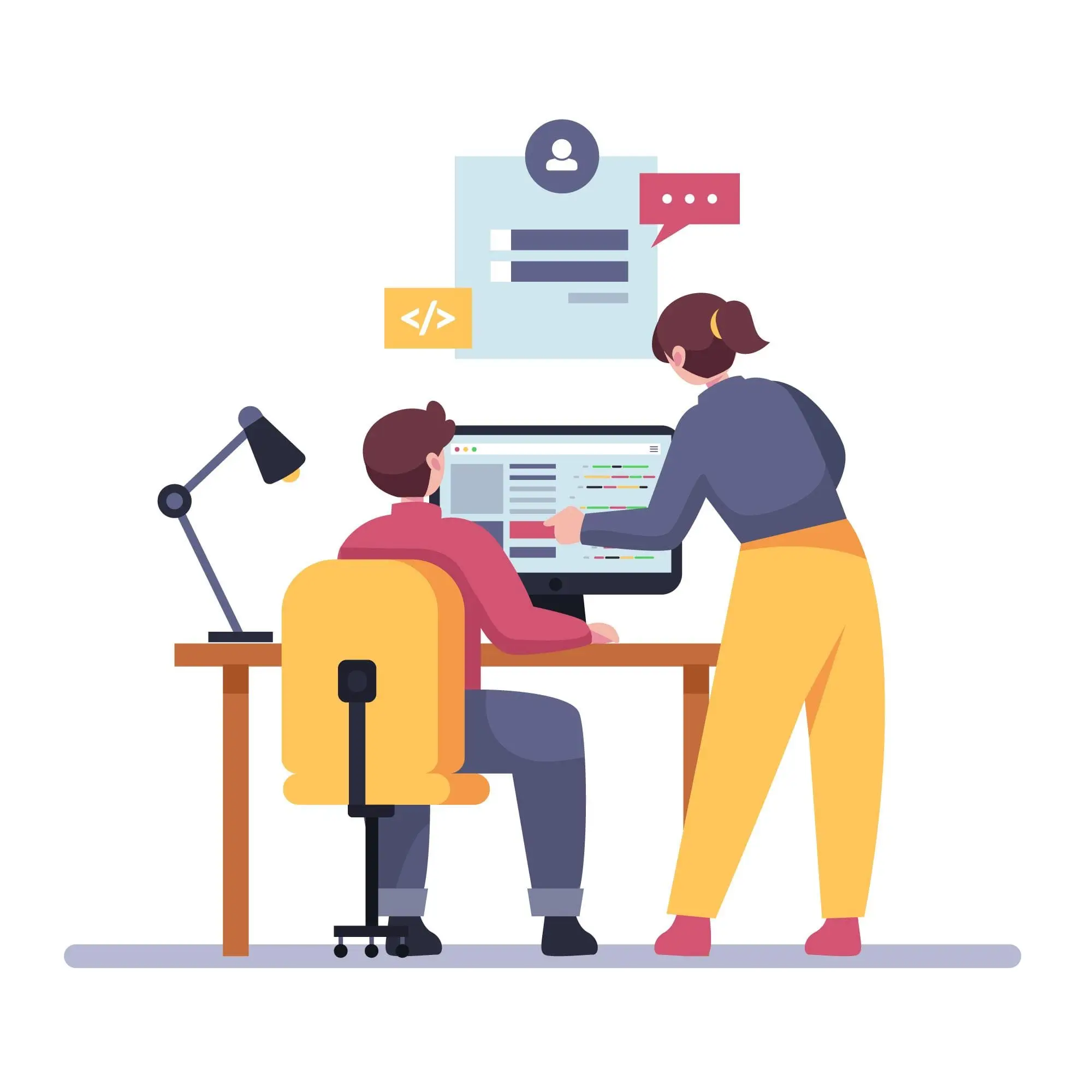
Web Design vs Web Development: Understanding the Differences
In the digital age, the terms “web design” and “web development” are often used interchangeably, but they refer to distinct aspects of creating a website. Both are crucial for building a functional and aesthetically pleasing site, yet they involve different skills and processes. In this blog, we’ll explore the differences between web design and web development, delving into their key principles, elements, and roles in the website creation process.
What is Web Design?
Web design is the process of conceptualizing, planning, and arranging content intended for the Internet. It encompasses various aspects, including the layout, color scheme, graphics, fonts, and overall appearance of a website. The goal of web design is to create a visually appealing and user-friendly interface that enhances the user experience.
Key Principles of Web Design
1. Simplicity: A simple and clean design makes it easier for users to navigate and find information.
2. Consistency: Consistent design elements, such as colors, fonts, and layouts, provide a cohesive and professional look.
3. Visual Hierarchy: Organizing content to highlight the most important elements first guides users through the site effectively.
4. Accessibility: Ensuring the website is accessible to all users, including those with disabilities, is essential.
5. Mobile-Friendliness: With the rise of mobile browsing, a responsive design that adapts to various screen sizes is critical.
Visual Design Elements
Visual design elements play a significant role in web design, as they contribute to the site’s overall look and feel. These elements include:
– Color Scheme: The combination of colors used on a website can evoke emotions and influence user behavior.
– Typography: The choice of fonts and how they are used can impact readability and the overall aesthetic.
– Imagery: High-quality images, icons, and graphics enhance the visual appeal and can communicate messages effectively.
– Layout: The arrangement of text, images, and other elements on a page determines how information is presented to users.
User Experience (UX) Design
User Experience (UX) design focuses on creating a positive experience for users as they interact with a website. It involves understanding user behavior, conducting research, and designing intuitive interfaces that meet user needs. Key aspects of UX design include:
– Usability: Ensuring the website is easy to use and navigate.
– Functionality: Making sure all features and elements work correctly.
– Accessibility: Designing for users with different abilities and needs.
– User Research: Gathering feedback from real users to improve the design.
User Interface (UI) Design
User Interface (UI) design is a subset of UX design that focuses on the look and feel of a website’s interactive elements. UI designers work on creating visually appealing and intuitive interfaces that facilitate user interaction. Key elements of UI design include:
– Buttons and Icons: Designing interactive elements that are easy to recognize and use.
– Forms and Inputs: Creating forms that are straightforward and user-friendly.
– Navigation: Designing menus, links, and other navigational elements that help users find their way around the site.
What is Web Development?
Web development involves building and maintaining the technical aspects of a website. This includes coding, programming, and ensuring the site functions correctly. Web development can be divided into three main categories: front-end development, back-end development, and full-stack development.
Front-End Development
Front-end development, also known as client-side development, involves creating the parts of a website that users interact with directly. This includes the layout, design, and interactivity of a site. Key technologies used in front-end development include HTML, CSS, and JavaScript.
Back-End Development
Back-end development, or server-side development, involves managing the server, database, and application logic. It ensures that the front-end of a website can function properly by handling data storage, retrieval, and processing. Common technologies used in back-end development include server languages like Python, Ruby, PHP, and frameworks like Node.js and Django.
Full-Stack Development
Full-stack development encompasses both front-end and back-end development. Full-stack developers have the skills to build and maintain all aspects of a website, from the user interface to the server and database management.
Iterative Process
Web development is often an iterative process, involving continuous testing, feedback, and improvement. This approach ensures that the website evolves to meet user needs and adapts to new technologies and trends. The iterative process typically includes stages such as planning, development, testing, deployment, and maintenance.
Conclusion
While web design and web development are distinct disciplines, they are both essential for creating a successful website. Web design focuses on the visual and user experience aspects, while web development handles the technical implementation. Understanding the differences and how they complement each other can help businesses and individuals create effective and engaging websites.
At SentieroTech, we specialize in both web design and web development, ensuring that your website is not only visually appealing but also technically robust. Whether you need a stunning design, a powerful backend, or a full-stack solution, we have the expertise to bring your vision to life.




